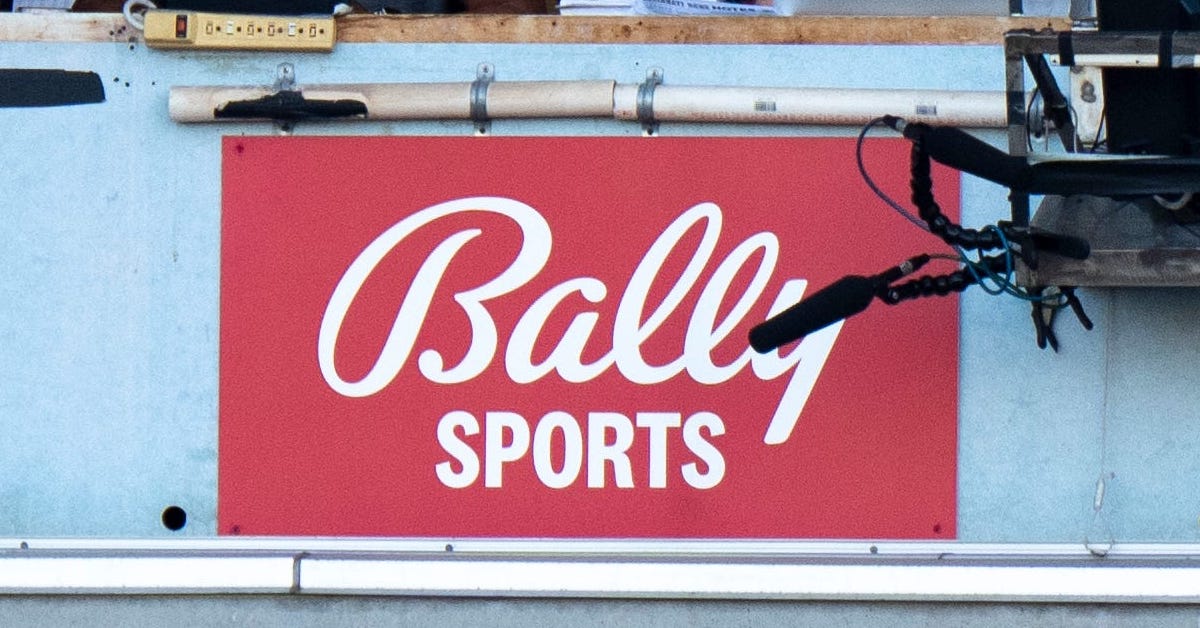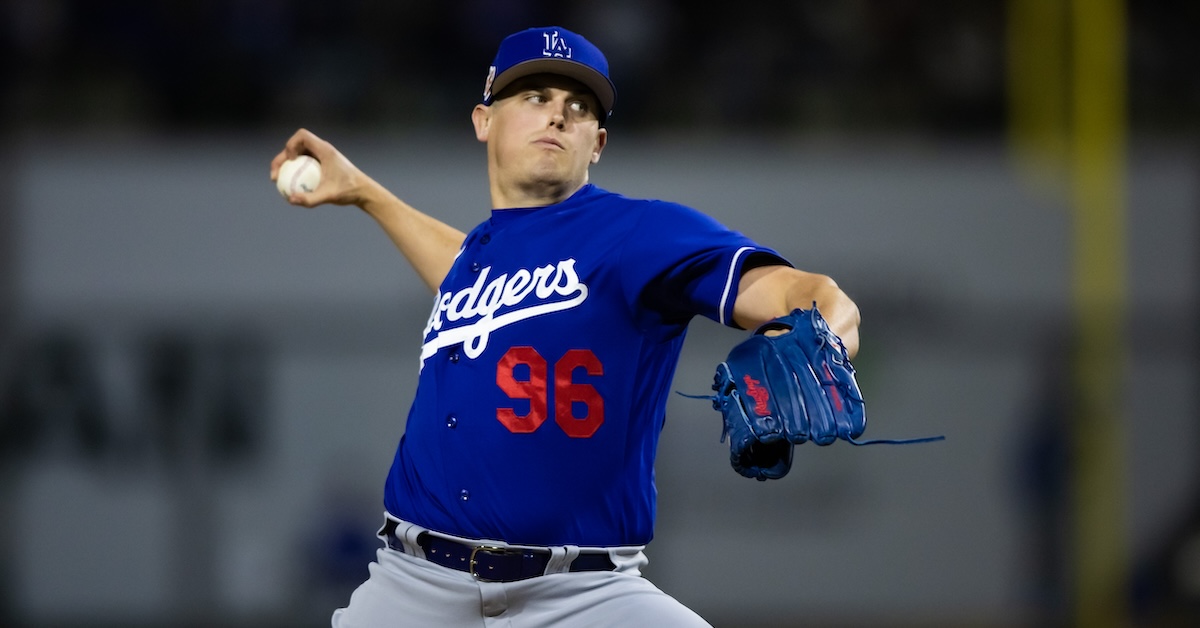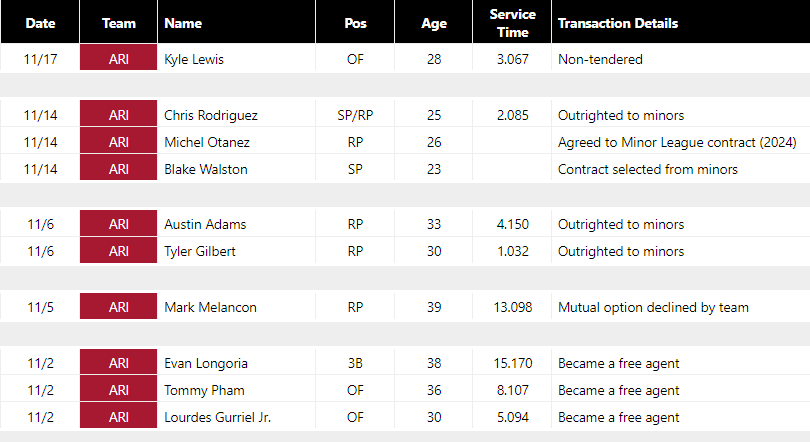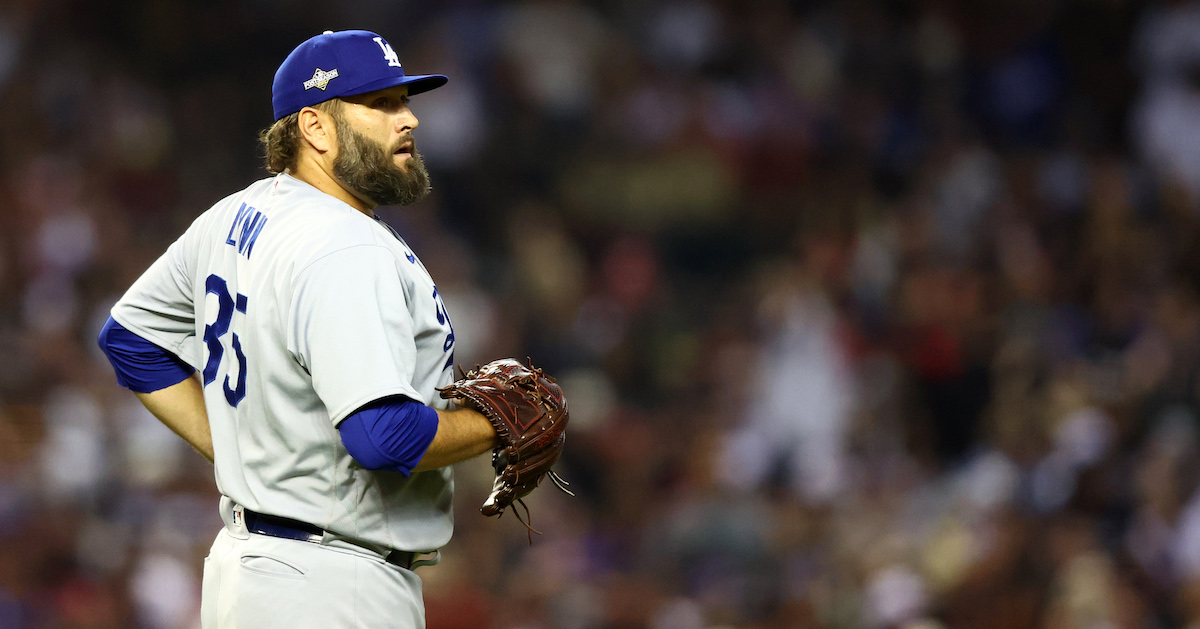The Television Elephant (Telephant? Elevision?) in the Room

No one likes to talk about baseball as a business. Heck, I don’t like to talk about it, and I’m what passes for an expert in the subject around here. It’s tedious, the creeping financialization of everything in life. Baseball should be the crack of the bat and the glint of sunglasses as an outfielder charges across the grass towards a smashed line drive, not an accounting ledger filled with contracts and receipts. But inevitably Major League Baseball, which often gets shortened to “baseball” as though it embodies the entire sport, is about profit, which means it’s about money.
There’s a storm brewing on that front. As Travis Sawchik deftly reported over at The Score, the old way of doing business is standing on wobbly legs. Local TV deals make up a sizable portion of the league’s overall revenue. That makes perfect sense – baseball is a regional game, and its biggest draw, from an entertainment standpoint, is the sheer size of its inventory. Teams play 162 games a year, all through the hardest times to fill programming – the dog days of summer, Saturday evenings, national holidays, you name it. Sportico estimated that teams were paid roughly $2.25 billion for local broadcast rights in 2023. Read the rest of this entry »









